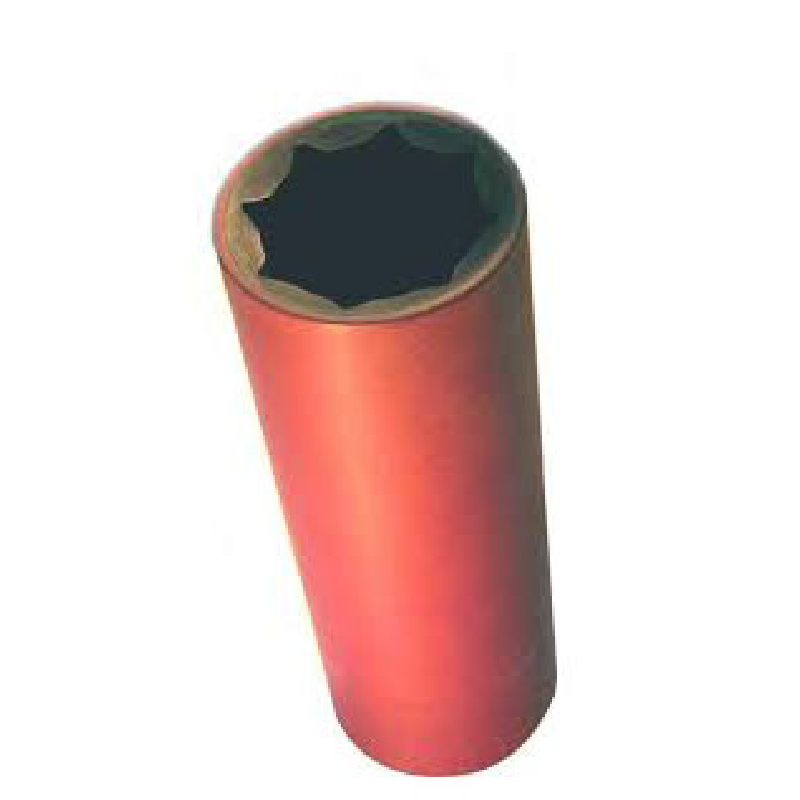semi trailer hub seal
Understanding Semi-Trailer Hub Seals Importance, Types, and Maintenance
In the world of transportation, semi-trailers play a pivotal role in ensuring the efficient movement of goods across vast distances. Central to the functionality and safety of these vehicles are the hub seals, which not only keep the wheel bearings lubricated but also protect them from contaminants. In this article, we will delve into the importance of semi-trailer hub seals, explore the various types available, and discuss maintenance practices that can extend their lifespan.
Importance of Hub Seals
The primary function of hub seals in semi-trailers is to prevent grease or oil from leaking out of the wheel hub while simultaneously keeping dirt, water, and other foreign particles from entering. This is crucial for the longevity and performance of the wheel bearings, which rely on proper lubrication to reduce friction and wear. If a hub seal fails, it can lead to grease leakage, which not only compromises the lubrication but may also result in bearing failure. Such failures can lead to accidents, costly repairs, and downtime, impacting transportation efficiency.
Moreover, functional hub seals contribute to fuel efficiency by reducing friction in the wheel assembly. When bearings operate smoothly, the energy required to turn the wheels decreases, leading to better fuel consumption. Thus, maintaining effective hub seals is not just about extending the life of the bearings; it also translates into cost savings for transportation companies.
Types of Hub Seals
There are several types of hub seals designed for semi-trailers, each tailored to specific applications and operating conditions. The most common types include
1. Single Lip Seals These seals consist of a single lip made from elastomeric materials. They're often used in low to moderate speed applications where the risk of contaminant ingress is low. While they are effective in preventing leaks, their sealing capability can diminish over time.
2. Double Lip Seals These offer an additional layer of protection with two sealing lips. The inner lip retains lubrication while the outer lip acts as a barrier against contaminants. This design is optimal for heavier-duty applications where the risk of dust and debris is higher.
semi trailer hub seal

3. Labyrinth Seals Unlike traditional rubber seals, labyrinth seals feature a series of grooves and channels that create a tortuous path for contaminants. While they do not seal in the conventional sense, they significantly impede the ingress of dirt and moisture, making them suitable for severe operating conditions.
4. Tapered Seals These are designed for specific applications and fit into the hub assembly in a tapered fashion. They are particularly effective in reducing friction and improving overall bearing performance.
Maintenance of Semi-Trailer Hub Seals
Regular maintenance is essential to ensure the longevity and functionality of hub seals. Here are some recommended practices
1. Inspection Perform regular inspections of the hub seals for signs of wear or damage. Look for cracks, tears, or any signs of leakage. Early detection of issues can prevent more significant problems down the line.
2. Lubrication Ensure that the wheel bearings are properly lubricated as per the manufacturer’s specifications. Over- or under-lubrication can lead to seal failure.
3. Replacement Hub seals should be replaced according to the manufacturer's guidelines or after a certain mileage or usage period. Signs that a seal needs replacement include excessive noise from the wheel assembly or visible damage to the seal itself.
4. Cleaning Keep the area around the hubs clean to minimize dirt and debris accumulation, which can compromise the seal's effectiveness.
In conclusion, semi-trailer hub seals play a critical role in the safe and efficient operation of transport vehicles. Understanding their importance, recognizing the different types available, and implementing regular maintenance practices will not only extend the life of the seals but also contribute to the overall productivity and safety of transportation operations. Investing in quality seals and proper care can yield significant long-term benefits for fleet operators.
-
Understanding the Front Main Engine Seal: Purpose, Maintenance, and Installation
News Jul.29,2025
-
Understanding O-Rings and Seal Rings: Types, Applications, and Custom Solutions
News Jul.29,2025
-
Understanding Crankshaft Oil Seals: Rear Seals, Pulley Seals, and Their Role in Engine Integrity
News Jul.29,2025
-
The Importance of Front and Rear Crankshaft Seals in Engine Performance and Oil Management
News Jul.29,2025
-
Crank Oil Seals: Functions, Types, and Cost Considerations in Engine Maintenance
News Jul.29,2025
-
A Comprehensive Guide to O-Rings and Seals: Types, Materials, and Global Applications
News Jul.29,2025
-
Mastering Diesel and Performance Engine Maintenance: A Guide to Critical Oil Gaskets
News Jul.28,2025
Products categories















